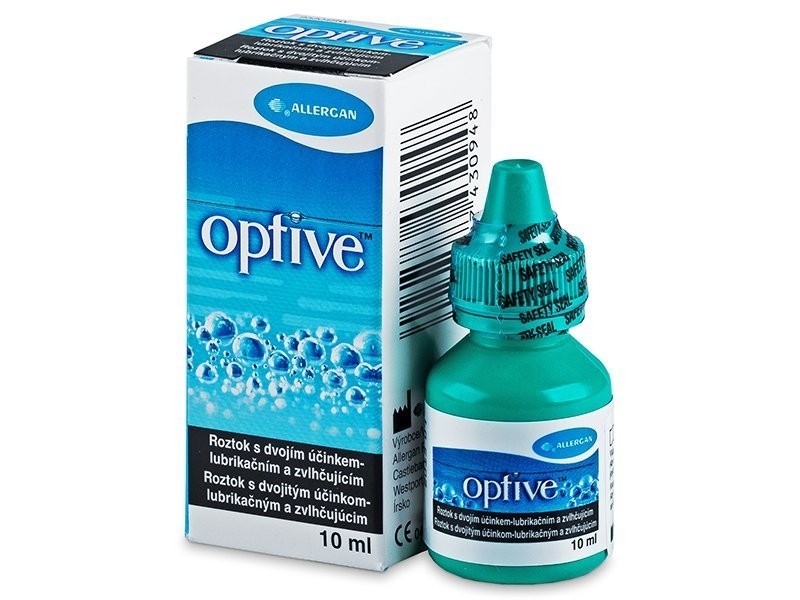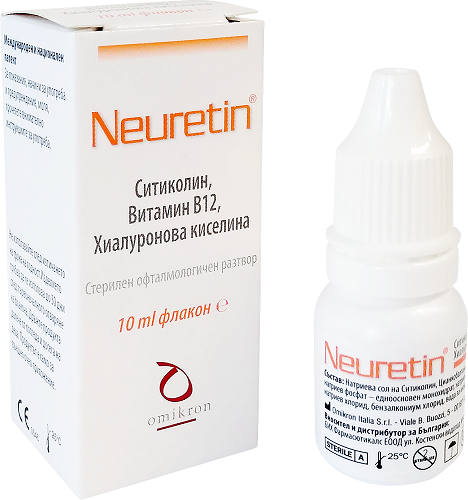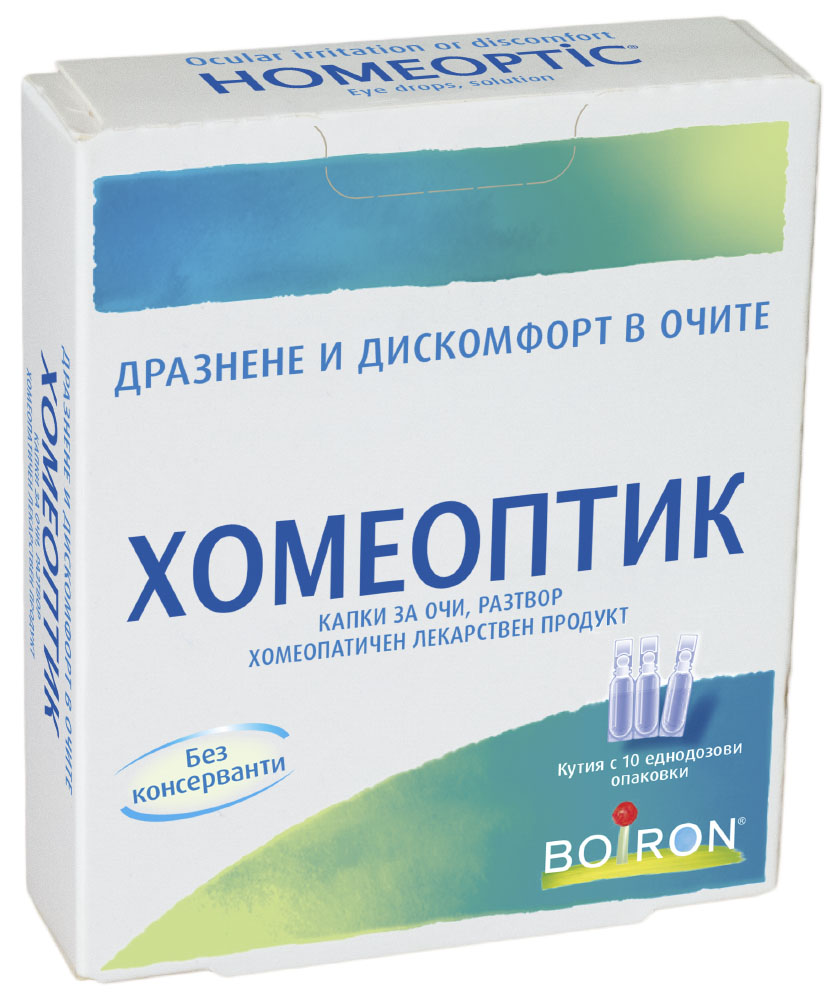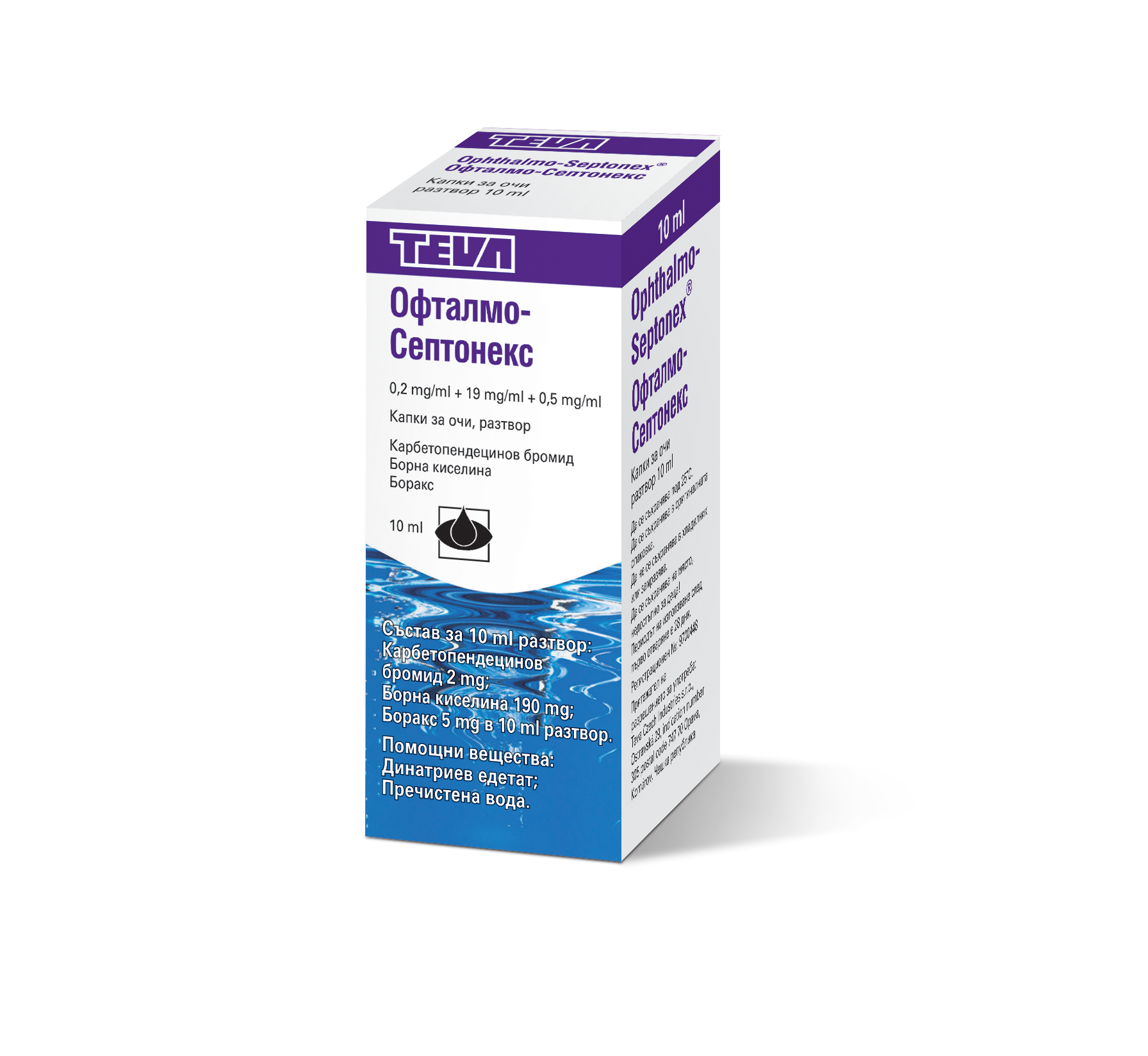ARTELAC salt 3.2 mg/ml 10 ml
Leaflet: user information
Artelak ® 3.2 mg / ml eye drops, solution
Artelac ® 3.2 mg/ml eye drops, solution
hypromellose
Read the entire leaflet carefully before you start using this medicine, as it contains important information for you.
Always use this medicine exactly as described in this leaflet or as your doctor or pharmacist has told you.
- Keep this leaflet. You may need to read it again.
- If you need further information or advice, ask your pharmacist.
- If you get any side effects, tell your doctor or pharmacist. This also includes any possible side effects not described in this leaflet. See point 4.
- If you do not feel better or your condition worsens, you should seek medical attention.
What this leaflet contains :
- What is Artelak ® and what is it used for?
- What you need to know before using Artelak ®
- How to use Artelak ®
- Possible side effects
- How to store Artelak ®
- Package contents and additional information
1. What Artelak ® is and what it is used for
Artelak ® is a liquid that artificially replaces tears and moistens contact lenses.
Areas of application
Symptomatic treatment of the phenomenon of drying of the cornea and conjunctiva ("dry eye syndrome"), which is caused by impaired secretion of tears and functional disorders due to local or systemic diseases or caused by insufficient or incomplete closure of the eyelid. Symptoms such as burning sensation, foreign body sensation and photophobia may occur in the presence of wind, heat and fatigue.
Wetting and re-wetting of hard contact lenses.
If you do not feel better or your condition worsens, you should seek medical attention.
- What you need to know before using Artelak ®
Do not use Artelak ® :
- if you are allergic to hypromellose or any of the excipients of this medicine listed in section 6.
Warnings and precautions
Talk to your doctor or pharmacist before using Artelak ® .
Other drugs and Artelak ®
Tell your doctor or pharmacist if you are taking, have recently taken or might take any other medicines, including those obtained without a prescription.
If other eye drops/ointments are used together with the medicinal product, the effect of the first medicinal product applied may be affected as it may be diluted and/or displaced from the conjunctival sac when the next medicinal product is applied. For this reason, there should be an interval between the applications of the different medicinal products of approximately 15 minutes, and Artelak ® should always be the last applied medicinal product. In order to achieve a long-lasting moisturizing effect, Artelak ® should stay in the eye as long as possible.
Pregnancy and breastfeeding
If you are pregnant or breast-feeding, think you may be pregnant or are planning to become pregnant, ask your doctor or pharmacist for advice before using this medicine.
There is no risk associated with the use of Artelak ® during pregnancy and lactation, since hypromellose is not resorbed and thus is not available systemically.
Driving and using machines
Even when used as indicated, this medicinal product has a short-term effect on visual perception and thus affects the ability to react. For these reasons, you should not drive, work without secure support, or operate machinery at this time.
Artelak ® contains cetrimide as a preservative, which may cause eye irritation (burning, redness, foreign body sensation), especially when used frequently or for a long period, and with prolonged use may cause corneal disorders.
Artelak® contains disodium phosphate dodecahydrate and sodium dihydrogen phosphate dihydrate .
This medicine contains 0.051 mg phosphates in each drop, which are equivalent to 1.84 mg/ml.
If you suffer from severe damage to the clear layer at the front of the eye (cornea), in very rare cases, phosphates may cause cloudy spots to appear on the cornea due to a build-up of calcium during treatment.
- How to use Artelak ®
Always use this medicine exactly as described in this leaflet or as your doctor or pharmacist has told you. If you are not sure, ask your doctor or pharmacist.
The clinical picture of "dry eye syndrome" requires an individual dosage regimen.
Unless otherwise prescribed, the recommended dose is one drop in the conjunctival sac 3 to 5 times daily or more often (if necessary). The same applies to rewetting hard contact lenses.
Instructions for use
Tilt your neck back and gently pull down your lower eyelid with your index finger. With your other hand, take the bottle, down in a vertical position (without touching the eye) and put one drop into the conjunctival sac. Slowly close the eye and move it in all directions so that the liquid is distributed evenly.
Duration of application:
This medicinal product is usually administered as long-term or permanent therapy.
Always use this medicine exactly as described in this leaflet or as your doctor or pharmacist has told you. If you are not sure about something, ask your doctor or pharmacist.
If you have used more than the required dose of Artelak ®
There is no such data and no action is required.
If you forgot to use Artelak ®
Do not use a double dose to make up for a missed dose.
If you have stopped using Artelak ®
Do not stop using Artelak ® without consultation. You should usually consult an ophthalmologist when long-term or permanent treatment is needed for dry eye therapy.
If you have any further questions related to the use of this medicine, ask your doctor or pharmacist.
- Possible side effects
Like all medicines, this medicine can cause side effects, although not everybody gets them.
In rare cases, when Artelak ® is used, hypersensitivity reactions may occur in the eye area.
Artelak ® contains cetrimide as a preservative, which can cause eye irritation (burning, redness, sensation of a foreign body), and with prolonged use can lead to corneal disorders.
If such hypersensitivity reactions or eye irritation occur, please discontinue treatment and consult your physician. Patients who are hypersensitive to preservatives should switch to a preservative-free product.
If you experience a hypersensitivity reaction or eye irritation, please discontinue treatment and consult your doctor.
In very rare cases, some patients with severe disorders of the transparent layer at the front of the eye (cornea) have developed cloudy areas on the cornea due to calcium build-up during treatment.
Reporting adverse reactions
If you get any side effects, tell your doctor or pharmacist. This includes all possible side effects not described in this leaflet. You can also report side effects directly via
The Medicines Executive Agency,
Damyan Gruev St. No. 8, 1303 Sofia,
phone: +35928903417,
website: www.bda.bg.
By reporting side effects, you can contribute to getting more information about the safety of this medicine.
- How to store Artelak ®
Keep out of the reach of children.
You should not use Artelak ® after the expiration date indicated on the outer packaging and label. The expiration date corresponds to the last day of the specified month.
Discard any unused portion six weeks after first opening the package.
To be stored below 30°C.
Do not dispose of medicines down the drain or in the household waste container. Ask your pharmacist how to throw away medicines you no longer use. These measures will help protect the environment.
- Package contents and additional information
What Artelak ® contains
- The active substance is: hypromellose
1 ml of solution contains 3.20 mg of hypromellose.
The viscosity of the solution is between 7 and 11 mPa s.
- The other ingredients are cetrimide, disodium phosphate dodecahydrate, sodium dihydrogen phosphate dihydrate, sorbitol, disodium edetate and purified water.
What Artelak ® looks like and what the package contains
Eye drops, solution, in a 10 ml plastic bottle with a dropper
Pack containing 1 or 3 plastic bottles of 10 ml.
Not all packages may be marketed.
Marketing Authorization Holder and Manufacturer
Dr. Gerhard Mann chem.-pharm. Fabrik GmbH
Brunsbuetteler Damm 165/173
13581 Berlin
Germany
Date of last revision of leaflet
04/2021
Dear patients,
Your ophthalmologist has diagnosed that you suffer from "dry eye syndrome". This syndrome is a very common disorder: one in five patients who are examined by an eye doctor suffer from "dry eye syndrome". There are many reasons for this such as: reduced tear production in old age, working in an air-conditioned room, working with a computer, hormonal changes during menopause. Finally, the negative influence of the environment and climate plays a role in the development of the "dry eye syndrome".
What do we mean by the term "dry eye syndrome"?
During the day, we blink approximately 14,000 times. With each blinking movement, a very thin tear film is distributed over the surface of the eyeball, making it smooth, clean and moist, and protecting the eye from pollutants. When the volume or composition of the tear film is disturbed, a phenomenon of drying of the cornea and conjunctiva occurs, and the patient experiences symptoms such as burning, feeling of dryness in the eye, of a foreign body, feeling of tension, and sensitivity to light.
What can you do?
Your doctor has prescribed a tear substitute to relieve your complaints. In addition to consistent use of the product as prescribed, you should follow the recommendations below:
- Air the rooms several times a day.
- Make sure you drink enough fluids (at least 2 liters a day).
- Get out in the fresh air often.
- Do not point the fan at your eyes.
- Rest while working with a monitor.
However, it is also important to consult your ophthalmologist regularly for follow-up, as "dry eye syndrome" can lead to serious illness if treated incorrectly or inadequately.
To protect the environment Dr. Mann Pharma has used only fully recyclable materials such as polyethylene (PE), paper and cardboard for the packaging of this ophthalmic product.
®/™ is a registered trademark of Bausch & Lomb Incorporated or its affiliates.
© Bausch & Lomb Incorporated.









